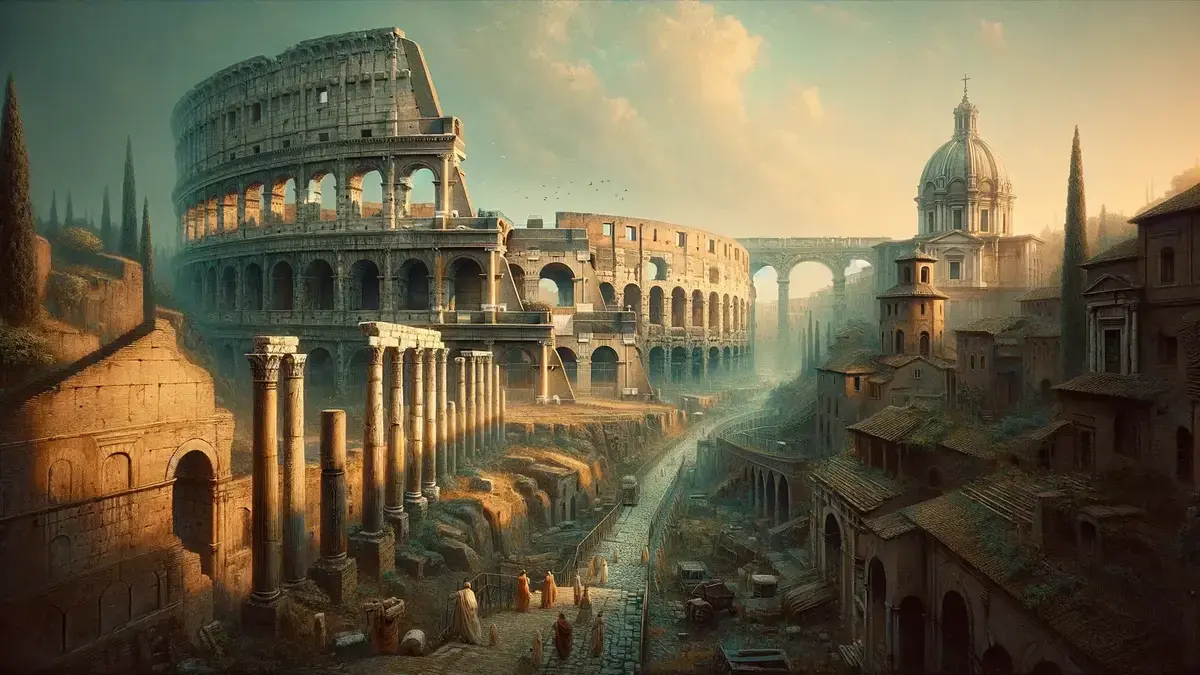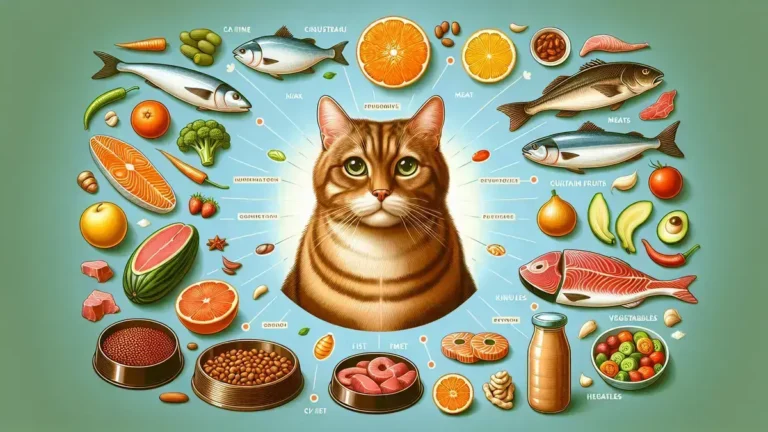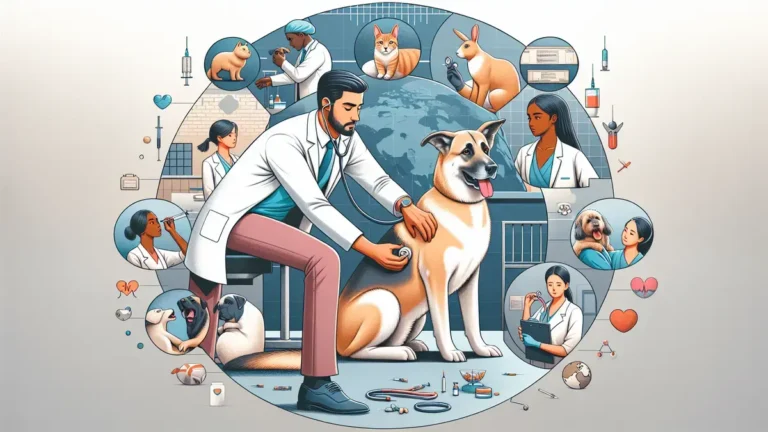Ancient Rome Unlocks Timeless Secrets
Ancient Rome still whispers to us through the timeless secrets it buried deep beneath our feet. Picture the hustle and bustle of Roman streets, unveiling the lives of emperors and plebeians alike, all through the fragments left behind. These relics paint a dazzling panorama of daily routines, feasts, and the whispers of clandestine conversations. Beyond mere shards and stones, they thread a story of remarkable innovations, the very ones that laid the groundwork for modern engineering marvels. Dive into a realm where the echoes of the past powerfully resonate, molding our present-day landscape in ways we’re only beginning to fully grasp.
Key Takeaway
- Rome’s ideas help us today
- Romans built roads and buildings
- Roman law shapes modern laws
- Romans used smart ways to farm
- Romans created lasting art
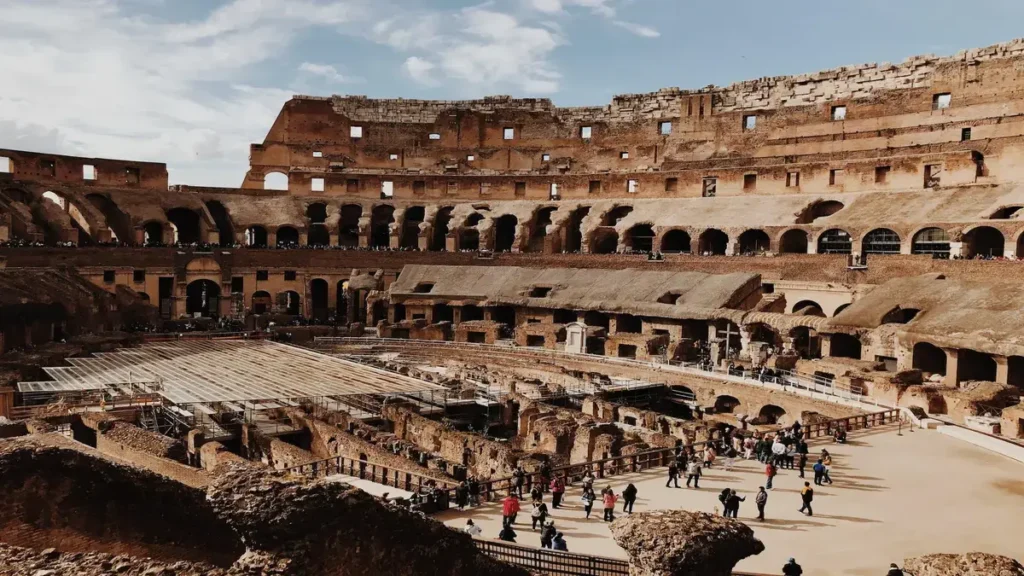
Deciphering Daily Life in Ancient Rome Through Archaeological Finds
When we think about Ancient Rome, images of grand structures like the Colosseum or the Roman Forum might come to mind. However, the daily life of a Roman citizen was much more than these iconic monuments. Archaeological finds have given us a glimpse into the everyday experiences of people in Ancient Rome, from the food they ate to the games they played.
Domestic Life in Ancient Rome
The remains of Roman houses, known as domus, provide insight into family life. These homes were often centered around an atrium, an open-air courtyard. Wealthier homes had intricate mosaics and frescoes, showing the importance of art in Roman culture.
Food and Dining
Romans enjoyed a variety of foods, many of which are still popular today. Archaeologists have found remnants of olives, grains, and wine, suggesting these were staples in the Roman diet. The discovery of carbonized bread at Pompeii even shows us the types of loaves Romans preferred.
Table of Common Foods in Ancient Rome
| Food Type | Examples |
|---|---|
| Fruits | Olives, Grapes, Figs |
| Grains | Wheat, Barley |
| Proteins | Fish, Poultry, Legumes |
| Beverages | Wine, Water |
Work and Economy
The economy of Ancient Rome was diverse, with people engaged in various trades and crafts. Tools found at archaeological sites, like hammers and chisels, show us the kinds of work Romans did. Coins and scales unearthed in marketplaces help us understand their trade and commerce systems.
Table of Roman Occupations
| Occupation | Description |
|---|---|
| Blacksmith | Made tools and weapons |
| Baker | Produced bread and other baked goods |
| Fisherman | Provided seafood for the diet |
| Merchant | Traded goods locally and across regions |
Religion and Beliefs
The religious practices of Romans are evident in the temples and shrines that still stand today. Small household gods, or lares, were worshipped in homes, reflecting the personal nature of their faith. Offerings found at altars show the importance of sacrifice in their rituals.
Entertainment and Leisure
Gladiator games and chariot races were popular pastimes in Ancient Rome. Amphitheaters and circuses were social hubs where people from all walks of life gathered. Toys and game pieces found at archaeological sites reveal that children also had various forms of play.
Table of Popular Roman Games
| Game | Description |
|---|---|
| Ball Games | Similar to modern handball or soccer |
| Board Games | Games like ‘latrunculi’ resembling chess or checkers |
| Chariot Racing | Competitive races held in the Circus Maximus |
| Gladiator Fights | Combat between gladiators or against wild animals |
Health and Medicine
Medical tools such as scalpels and bone levers found in ruins show that Romans had a basic understanding of surgery. The presence of public baths in many cities indicates a focus on hygiene and health. It’s fascinating to see how advanced they were in this area for their time.
Table of Roman Medical Tools
| Tool | Use |
|---|---|
| Scalpel | Cutting and surgery |
| Forceps | Grasping and holding objects |
| Catheter | Draining fluids from the body |
| Bone Lever | Manipulating and setting bones |
Clothing and Fashion
The textiles that have survived show us the types of fabrics Romans favored. Wool was common, and the wealthy often wore silk imported from the East. Jewelry like rings and necklaces found in burials display the fashion and status of individuals.
Death and Burial Customs
Tombs and grave goods provide clues about Roman beliefs in the afterlife. The practice of placing coins in the mouths of the deceased suggests they believed in paying their way into the afterlife. It’s a reminder that many cultures share similar concerns about death and what comes next.
Table of Burial Practices
| Practice | Significance |
|---|---|
| Cremation | Common in early Rome, ashes placed in urns |
| Inhumation | Burial of the body, became more popular later |
| Grave Goods | Items for the afterlife, indicating beliefs and status |
| Tombs | Monuments to the dead, often with inscriptions |
In my opinion, the archaeological finds from Ancient Rome are like pieces of a puzzle. They help us build a picture of what life might have been like back then. It’s amazing to think about how much we can learn from things left behind so long ago. Even though we can’t know everything about the Romans, the items they used every day give us a pretty good idea.
So, what do you think about life in Ancient Rome? It’s clear that Romans were not so different from us in many ways. They worked, played, and took care of their families just like people do today. It’s important to remember that history is not just about big events and famous people. It’s also about the ordinary moments that make up daily life. And thanks to archaeology, we can get a glimpse into those moments from the past.
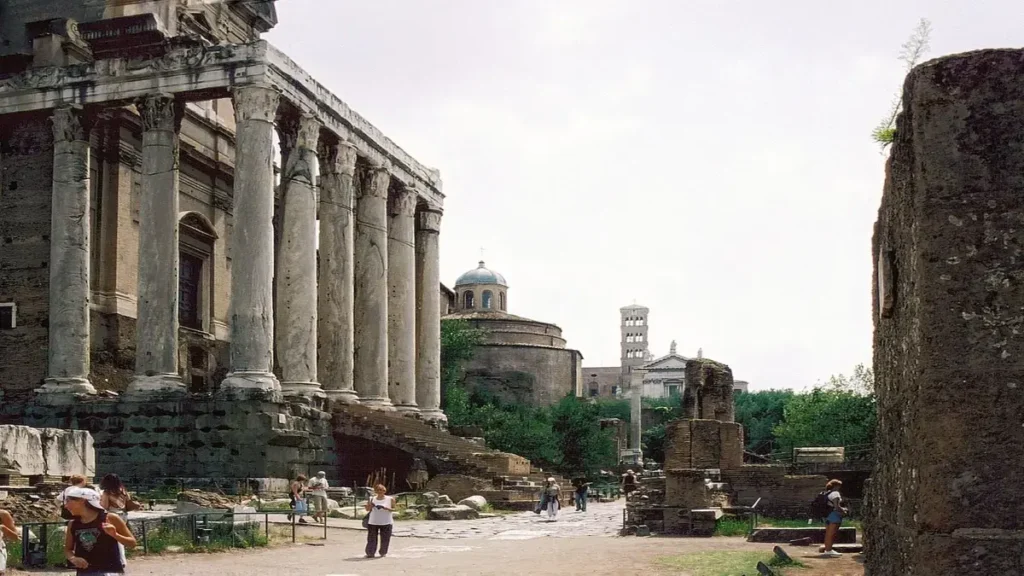
Innovations and Engineering: How Ancient Rome Shapes Modern Technology
Ancient Rome was a powerhouse of innovation and engineering. The Romans were master builders and engineers, creating technologies and infrastructure that not only served their empire but also laid the groundwork for modern advancements. Let’s explore some of the most influential Roman innovations that continue to shape our world today.
Roman Roads: The Pathways to Connectivity
Roman roads were a marvel of engineering. They built extensive networks of roads that connected cities across their vast empire. These roads were not just dirt paths; they were constructed with multiple layers for durability and drainage.
| Layer | Material | Purpose |
|---|---|---|
| Statumen | Large stones | Foundation |
| Rudus | Broken stones mixed with lime | Stability |
| Nucleus | Concrete-like mixture | Smooth surface |
| Summa Crusta (surface) | Paving stones | Durable roadway |
Today, our highways are built using similar methods. The idea of layering materials for roads has stood the test of time. In my opinion, the Romans would be quite impressed with how their road-building techniques have evolved.
Aqueducts: Water Supply and Sanitation
The Roman aqueducts were crucial for transporting water to cities. They used gravity to move water along bridges and through tunnels. This system allowed Romans to have fresh water for drinking, baths, and even sewage systems.
- Aqueducts helped prevent diseases by providing clean water.
- They also made cities more pleasant with public fountains and baths.
Modern cities still use the principles of Roman aqueducts. We have pipes and water treatment plants that ensure we have clean water. It’s clear that Ancient Rome knew the importance of water management.
Concrete: Building the Ancient and Modern World
Roman concrete was a game-changer. They mixed volcanic ash with lime and seawater to make a strong material that could set underwater. This concrete was used to build structures that still stand today.
| Ingredient | Role |
|---|---|
| Volcanic ash | Made the concrete stronger |
| Lime | Helped the mixture set |
| Seawater | Added durability |
Modern concrete has evolved, but the basic idea remains the same. We use concrete in almost every building project. The Romans would probably be proud to see their legacy in our skyscrapers and bridges.
Central Heating: Keeping Warm the Roman Way
The Romans used a system called hypocaust to heat their buildings. This was an early form of central heating. They built a space under the floors and in the walls where hot air and smoke from a fire would pass through, warming the rooms above.
- This system kept buildings warm during cold months.
- It was especially popular in bathhouses and wealthy homes.
In modern times, we have central heating systems that work on similar principles. We use furnaces and distribute heat through ducts. The Roman hypocaust was an early step towards the comfort we enjoy in our homes today.
Fast Food: The Roman Thermopolium
Did you know that Ancient Rome had its version of fast food? They called it a thermopolium. These were small shops that served ready-to-eat food for people on the go.
| Thermopolium | Modern Equivalent |
|---|---|
| Served hot food | Fast-food restaurants |
| Located on busy streets | Food trucks and street food |
| For all social classes | Accessible to everyone |
Today, we have fast-food chains and food trucks that serve the same purpose. It’s interesting to see how this idea has lasted for thousands of years.
Urban Planning: The Grid System
Roman cities were often laid out in a grid pattern. This made them easier to navigate and manage. The streets were straight and intersected at right angles.
- Grid systems make it simple to find places.
- They help with traffic flow and city organization.
Many modern cities still use the grid system. It’s a practical way to design urban spaces. The Romans were definitely on to something when they planned their cities this way.
Arch and Dome Structures: Lasting Architectural Wonders
The Romans were masters of the arch and the dome. They built structures like the Colosseum and the Pantheon, which have stood for centuries.
| Structure | Feature | Modern Example |
|---|---|---|
| Colosseum | Arches | Stadiums |
| Pantheon | Dome | Capitol buildings |
Arches and domes are still used in architecture today. They are strong shapes that can support a lot of weight. The Romans showed us how beautiful and functional these structures can be.
Conclusion
It’s amazing to see how the innovations of Ancient Rome have influenced modern technology. From roads to concrete, and from urban planning to fast food, the Romans have left a lasting legacy. It’s a testament to their engineering prowess that we still benefit from their inventions today.
Frequently Asked Questions
What was Ancient Rome famous for?
Ancient Rome was famous for its powerful empire, grand structures like the Colosseum, and for influencing our laws and government today.
How did Ancient Rome begin?
Legend says twins Romulus and Remus founded Ancient Rome in 753 BC, but it really grew from small settlements around the River Tiber.
Who ruled Ancient Rome?
A mix of kings, elected leaders called consuls, and later emperors like Julius Caesar and Augustus ruled Ancient Rome.
What did kids learn in Ancient Rome?
Kids in Ancient Rome learned reading, writing, math, and some learned about the stars and how to give speeches.
What games did Ancient Roman children play?
Children in Ancient Rome loved playing with dolls, balls, board games, and pets, just like kids today enjoy.

Este artigo foi criado pela nossa avançada ferramenta de criação de conteúdo. Quer produzir conteúdos de alta qualidade semelhantes sem esforço? Adquira nossa ferramenta hoje mesmo no Automatik Blog.

